One of the largest carport-shaped solar plants in Brazil was inaugurated this Monday (15), in Sorocaba, in the interior of São Paulo. With 3 MWp of installed power, the plant located in the Alto da Boa Vista neighborhood, has cability to generate around 4.5 GWh per year.
According to Viridian Ecoenergia, the company responsible for designing the structure, this is the largest carport-shaped solar plant in operation in Brazil. The plant has 4,589 655 W bifacial photovoltaic modules from Canadian and 10 250 kW inverters from Sungrow. Furthermore, they were used Proauto stringbox and two 1500 V transformers.
For the construction of the project, R$ 21 million were invested by Banco de Olhos de Sorocaba, the city’s ophthalmological hospital. The plant is made up of 152 strings of 30 modules and a string with 29 panels.
“It is a great project that was designed with the most modern technology in the sector. We had at least 50 professionals involved, from engineers to the construction team. The metal structure used is light and, at the same time, resistant, which reduces material costs and guarantees safety. The photovoltaic modules follow international quality standards”, he explains. Luiz Cláudio Rosa, director of Viridian Ecoenergia.
According to the company, the parking lot has an area of 30 thousand square meters, of which 14 thousand square meters are covered by solar panels. The carport houses 789 spaces, of which, initially, 37 spaces will be prepared for electric vehicles.
Luiz explains that one of the differences in installing the plant was the structures, which were developed especially for this project. The panels were placed in a honeycomb-shaped metal structure, totaling 56 tons of steel used in the project.
According to him, the spaces have a difference: they are arranged in gaps of 12.5 meters between the concrete pillars, which makes parking much more comfortable for drivers. Furthermore, the carport covers part of the vehicle circulation lane, expanding the production area.
As a result, the plant has a significant gain of 30% more in land use, translating into energy production and more savings. “The plant has potential savings that exceed R$ 300 thousand per month. Considering that photovoltaic modules have a durability of up to 30 years, the investment is very advantageous and can generate a return in savings of more than R$ 100 million over time”, says Luiz.
He also highlights the choice of bifacial and string inverter modules, which was motivated by the longevity and safety of the installation. “We achieved five more years of plant performance because the modules are bifacial and suffer less degradation. And why the choice to use string inverters? It was a safety issue. I didn't want electronics on the street, despite the inverters being robust. So, we decided to concentrate all intelligence and electronics in the primary cabin”, says Luiz.
The project also has a two-story intelligence center and wide view of the parking lot perimeter. The structure houses the entire electronic part of the plant, with an air-conditioned environment to ensure maximum efficiency of the inverters, equipment that has the function of converting the energy produced by the solar modules for use in electrical appliances.
According to Viridian, this is a differentiator for the plant in Sorocaba, as, in general, the inverters are installed in the field, close to the plates and exposed to climate variations.
“In our project, the solar panels are connected to the inverters by cables that reach this intelligence center underground. The inverters are maintained at 25° C, guaranteeing maximum performance even at times of very high temperature in the external area, where there would be a drop of up to 20% in energy production. With this structure we created, this negative impact is eliminated”, says Luiz.
Another differentiator of the intelligence center is that it was designed to allow the plant to be expanded in area and energy generation capacity. “It is a plant in which we created the concept of parking for wheeled vehicles, but there are plans to receive and store electric flight vehicles, in addition to refueling them on site, as if it were a 'marina' for the vehicles of the future. ”
Recharging vertical take-off and landing electric aerial vehicles
The Sorocaba photovoltaic plant was designed with the future of transport in mind and, in addition to having charging points for electric vehicles, the structure has the capacity to supply vertical landing and take-off vehicles, a novelty in the sector that should come into use in the country in 2026.
The company responsible for developing eVTOL vehicles in Brazil is EVE Air Mobility, a spin-off from Embraer and based in the United States. The company has already been selling a large number of these vehicles and also encouraging and assisting stakeholders regarding infrastructure needs to support eVTOL operations.
During the execution of the Sorocaba plant project, the spaces were designed to be 12.5 m apart from each other, and as the wingspan of these aerial electric vehicles is 12 m, this makes it possible for the plant to also act in refueling this type of fuel. vehicle.


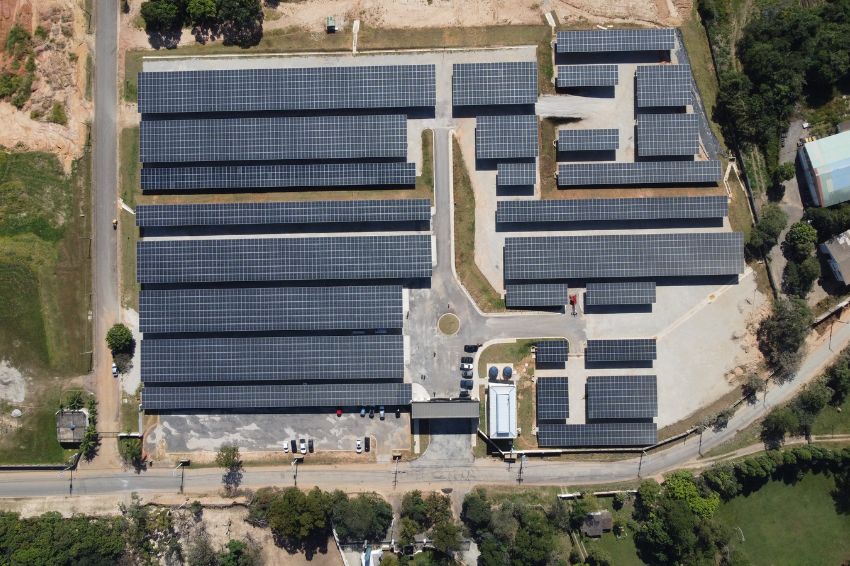


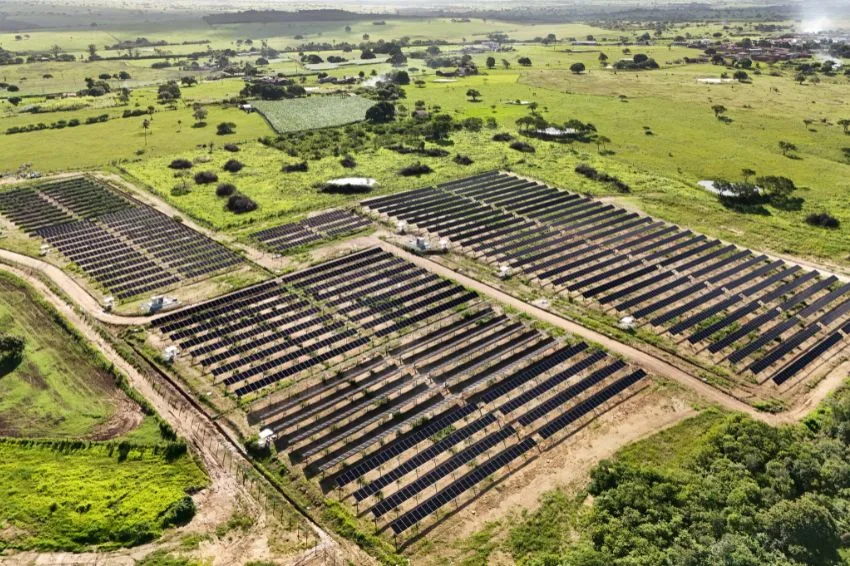
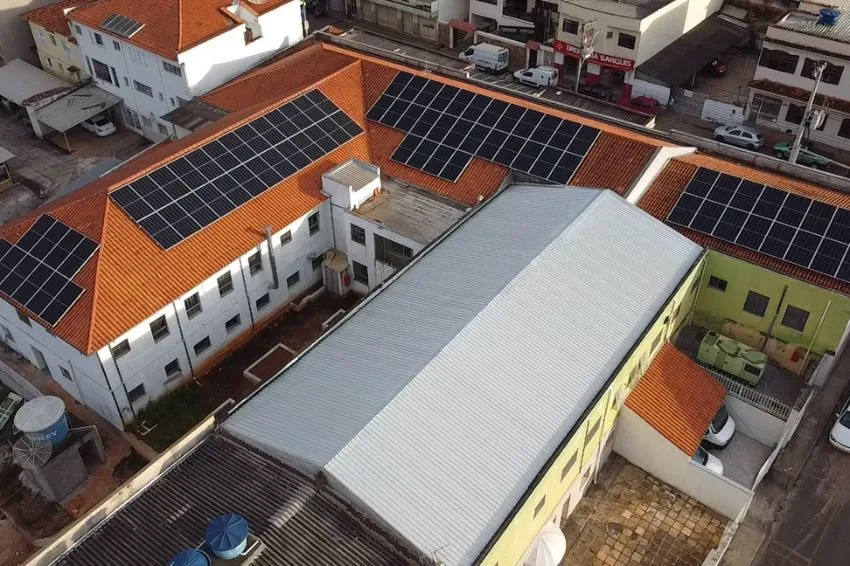

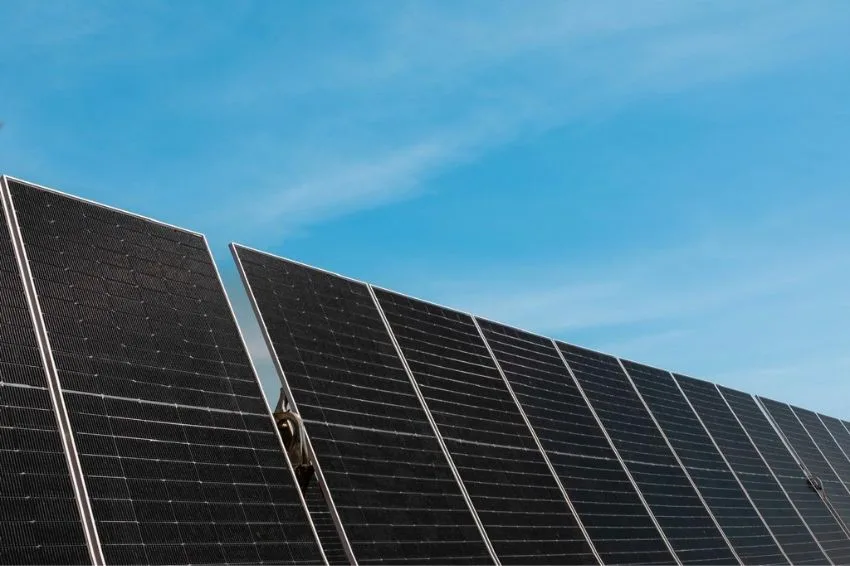

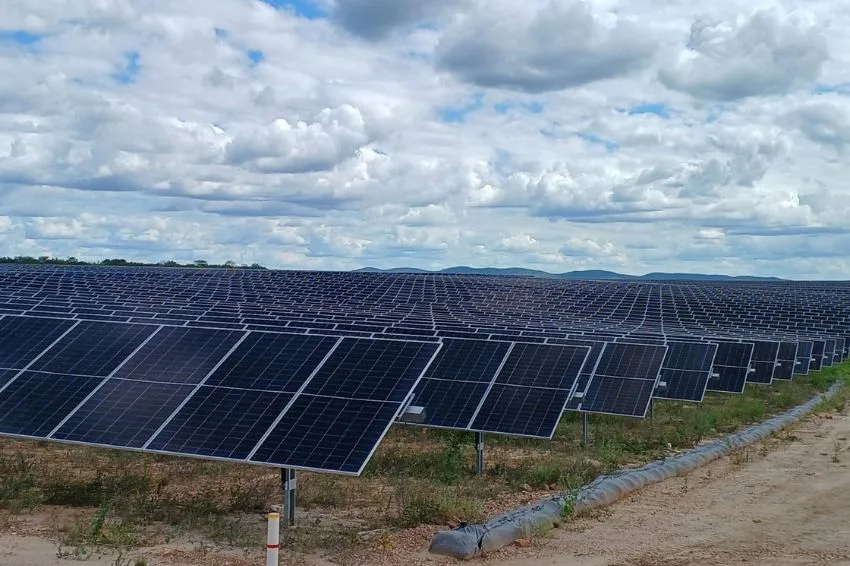







9 Responses
Hello Hilton! Here again is Luiz Cláudio Rosa, managing partner of Viridian ECOenergia, the company responsible for the development and implementation of the project for the largest Carport in Brazil, the subject of the article under discussion. We believe that the answers were presented to Messrs. Marcos Rossi and Marcio Marins Corrêa. We apologize for the delay in responding to you, but we remain at your disposal in case of any further clarifications. I just forgot to mention what Mr. Marcos quoted about what would be, in his view, a “delusion” regarding the issue of vertical take-off and landing vehicles (e-VTOL), also called flying cars. On the occasion of the centenary of the Father of Aviation, EMBRAER, one of the three largest aircraft manufacturers in the world, announced that its factory for these “flying cars” will be in Taubaté and that they are already working on expanding that plant that will begin delivering their vehicles. in 2026. This is in the press that published articles on open TV (Globo, SBT, Bandeirantes and Record) during the concomitant inauguration of the plant that could, due to its unique and exclusive construction characteristics, receive, in addition to electric cars, also e-VTOLs to be recharged under the structure we developed, which have wide spaces between the pillars and the ability to energize all parking spaces. Experts in the US we spoke to said that what we did here fits perfectly to solve one of the problems they see for the expansion of this new mode of transport. I loved the Jetsons as a kid and the last thing they designed there that we still don't have is the flying car. Manufacturers promise soon (some already in 2024). The rest of the “delusions” anticipated in the 60s and 70s such as Telemedicine, Videoconferencing on cell phones, Remote Work, Robots doing domestic activities, everything already exists. 2026 is Embraer's deadline and then we will know if we are dealing with fact or delusion.
Hello Marcio! My partner at VIRIDIAN, Paulo Cesar Costa, is an engineer graduated in 1986, so 36 years ago and I've known him since 1988 when I came to the city and we worked together in product development engineering at SPLICE, an industry here in the region from Sorocaba. I say this because he is one of the most competent professionals I have ever worked with and I had a lot of good people on my teams, people who graduated from the best universities in Brazil and the world. He already technically answered what you believed was impossible to put 30 modules per string. There are thirty (30) modules per string. They are 655W modules (that is, higher voltage) which puts close to 1,300V on each pair of wires in the strings. We know this is not common, but it is possible that the inverter manufacturer visited the project and keeps a recording on their YouTube website. See the link https://www.youtube.com/watch?v=7gs94aZmdTE.O project is very different from the traditional one and the Plant's performance in these first six months of operation is superior to the predictions made by PVSyst. This is because it is also not common to use air-conditioned environments to install string inverters that can be installed in the field, together with solar panels. Why did we do it like this? To eliminate “de-rating” (or performance degradation, in a literal translation) due to temperature. This happens with any electronic equipment and with inverters it is no different. Installing them in a place with a raised floor where cables and cold air enter and closing with tempered glass is not the best decision if your focus is only on COST, but if you calculate how much it represents to avoid degradation that can reach 30% or 40% depending on the temperature at the hottest times FOR ALL HOT DAYS OVER ALL THIRTY YEARS, which is the expected useful life of the bifacial modules we use in this project, you will see that the “payback” of the entire infrastructure is pays off in a month or two. My partner and I come from the research and development area and we believe that it is always possible to do things better, not necessarily more expensive. But even when more expensive, the important thing is to focus on the final result, on delivery, on the so-called LCOE. Here at Viridian we are all very proud of what we develop, design, build and deliver to our customers. This is the most emblematic project, but our values are the same applied to all the installations we have carried out since 2011 when we started the company (even before resolution 482 of 2012). As I said to Marcos in the previous comment, we believe that knowledge is only important when shared. We are available to clarify any doubts or if you prefer, you can come visit us in Sorocaba for a coffee.
Good morning Marcos Rossi! I am a member of Viridian Ecoeneergia and was responsible for the development and implementation of this project. The project was made possible by the fact that Viridian is an industry under the real profit tax regime and has unlimited radar (import and export license), which allowed us to purchase imported materials (modules, inverters) directly from manufacturers in China and also directly in the local industry the other inputs necessary for the project, such as Medium Voltage transformers, QGBTs, Protections, CCTV System, AC and DC cables, etc…). We purchase all of this directly from manufacturers. If we bought from distributors to resell, as in most smaller projects, the “payback” would actually be much less attractive for our client. Your calculation basis probably took into account purchases from distributors or the retail market. As for economic justification, the two complement each other. The location is in front of a hall that hosts large events (3 to 4 thousand people) in addition to several residential developments in the surrounding area. These are obvious markets. But in addition to these, our client mentioned that he received proposals from several dealerships to rent permanent spaces for vehicle inventory. A very interesting secondary market for the 789 vacancies covered. OF COURSE it is also a plant that generates energy with very high performance because it uses top-of-the-line products, which is our work standard. The structure was designed and developed exclusively for this project because the carport solutions available on the market did not meet our requirements for comfort (spacing between pillars of 5 spaces – 12.5m) and safety (we required maximum wind load capacity). Finally, here is an invitation to visit us in Sorocaba and see the project. Many integrator companies visited the plant with us and we were pleased to share knowledge and expand the technical capacity of the sector as a whole. Hugs!
Dear Marcio,
Perhaps because you work with small systems, you are unaware of larger inverters, such as the Sungrow SG250HX, which work with a string voltage of 1500V, allowing you to reach strings with 30 modules. It is also possible to imagine that in a project like this, in addition to technically qualified personnel, there was the involvement of Sungrow itself and due care in complying with all technical specifications.
Most of the articles are transcribed by an agent who is a journalist who, although she writes with journalistic prowess, is far from being an expert, which we even consider normal when it is for laypeople on the subject. But, as Canal Solar writes to most who work in the segment, it requires the relevant technical precautions. Marcos Rossi's observations deserve a response from someone who understands the subject. I hope so! I work with the use of carpots for charging electric cars, of course, far from the vehicle's port.
I agree with my colleague Marcos Rossi….”the structure cost more than the generation system”… this plant could cost much less,…..((The article failed to indicate who will consume the energy and what the business model is)) …perfect placement: I wonder as a solar energy company owner: Who will pay? Because according to my calculations, it cost at least 2,000,000 reais above the normal market price.
The article talks about 30 modules per string, that's impossible, that doesn't exist people... there are a lot of obscure things in the article, you need to research what it really is and how it was structured and how the plant above is designed.
Dear Marcio,
Perhaps because you work with small systems, you are unaware of larger inverters, such as the Sungrow SG250HX, which work with a string voltage of 1500V, allowing you to reach strings with 30 modules. It is also possible to imagine that in a project like this, in addition to technically qualified personnel, there was the involvement of Sungrow itself and due care in complying with all technical specifications.
Congratulations on the report. Some observations are in order:
People don't know how to build low-cost plants. According to my calculations, the structure cost more than the generation system. The playback of this project is economically unfeasible, around 10 years including the capital cost, and the environmental cost is doubtful. This is not a power plant but a parking lot covered with signs. The parking justified the plant, but the plant did not justify the parking, in other words, they are different things that together cause a big loss. The article failed to indicate who will consume the energy and what the business model is. This story about landing vertically is delusional, both in time and in the reserved spaces.
In the article, terms in English should have boldface and explanatory parentheses. Furthermore, in the text where the word “under a structure” appears, I believe it would be “over a structure”. The number of modules does not match the string numbers.
Ericka, good afternoon. Congratulations on the report. You managed to summarize it well and with all the important details. And of course, congratulations to Viridian and BOS for the venture.